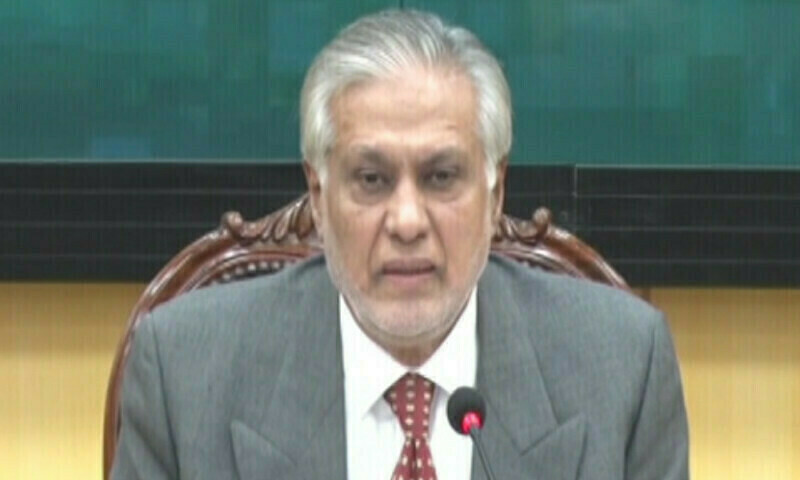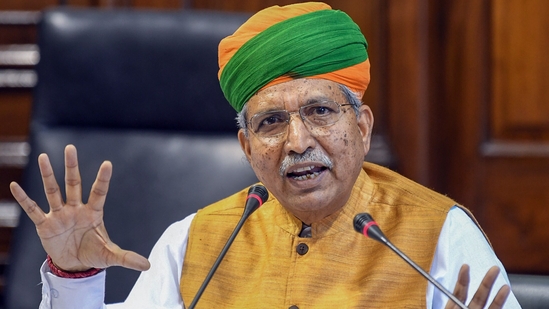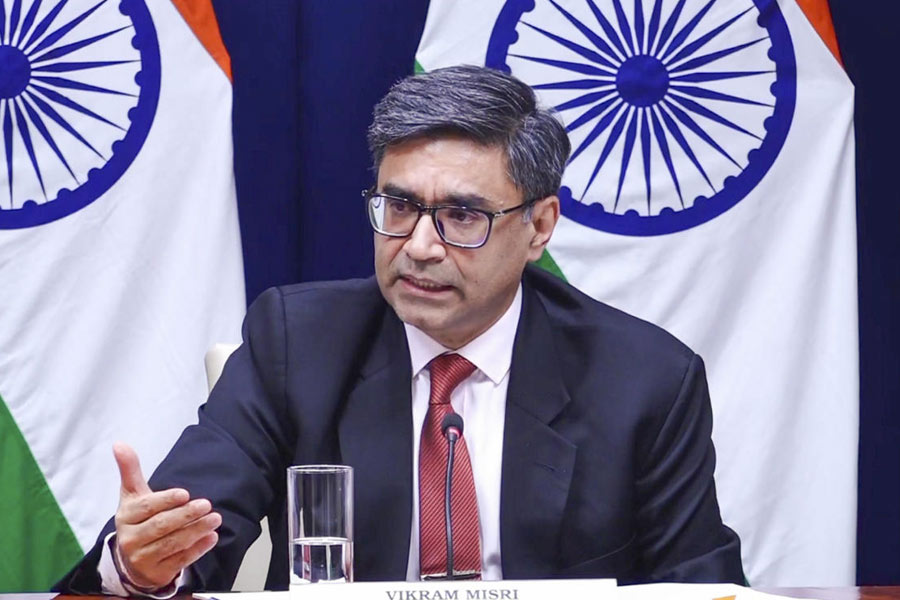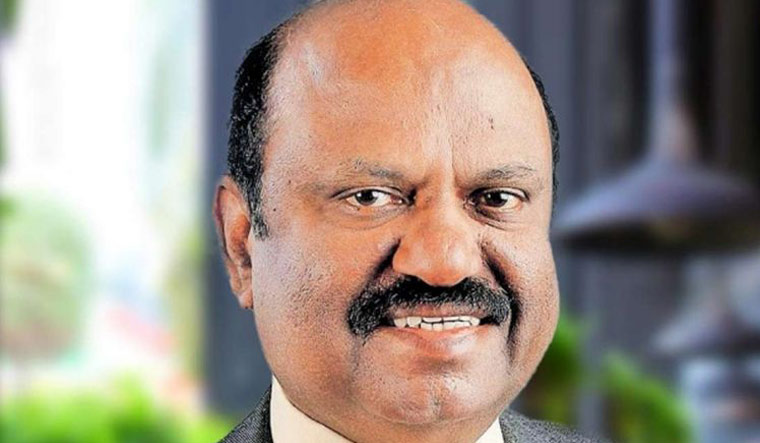Saudi Arabia $2tr Aramco vision runs into market reality
Fri 24 Feb 2017, 22:57:51
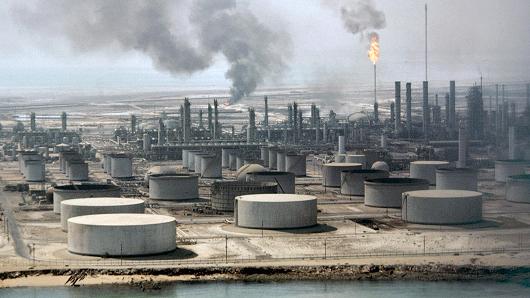
London/Kuwait: Saudi Arabia has said oil giant Saudi Aramco is worth more than $2 trillion (Dh7.34 trillion), enough to consume Apple Inc twice, and still have room for Google parent Alphabet Inc.
Industry executives, analysts and investors told Bloomberg their analysis — based on oil reserves and cash flow projections under different tax scenarios — suggests Aramco is worth no more than half, and maybe as little as a fifth, of that amount. This means Saudi Arabia would earn a fraction of the $100 billion implied by its valuation if it sells 5 per cent to the public in 2018, as planned.
For example, Wood Mackenzie Ltd came up with a rough valuation of Aramco’s core business of $400 billion, according to clients who attended a private meeting at the oil consultant’s City of London office this month and asked not to be named. The Edinburgh-based company, popular for its analysis and valuation of energy companies and assets, declined to comment.
An Aramco spokesperson said the oil producer doesn’t comment on rumours or speculation.
While there’s a lot of guesswork involved in sizing up a company that’s never divulged financial statements and may have its tax rate cut before the initial public offering, this valuation gap reveals the hurdles Saudi Arabia could face in preparing for the post-oil era.
A profitable IPO is meant to anchor a sovereign wealth fund that will, if things unfold as envisioned, generate enough investment income at home and abroad to dominate state revenue by 2030. Demand for oil will peak just before then, according to Royal Dutch Shell Plc projections, as alternative fuels and electric cars gain popularity, putting Middle East energy producers on shakier footing.
Generate cash
Even within the Saudi government, doubts are emerging. A person familiar with the flotation, who asked not to be named, said last week Aramco in its current form would probably be worth about $500 billion because a lot of its cash goes toward taxes and future investors won’t have a say on investments in non-core areas. Another person familiar with IPO talks put the figure at a little less than $1 trillion if investors base the valuation on Aramco’s ability to generate cash.
Selling a 5 per cent stake would therefore raise at least $25 billion, still enough to match Alibaba Group Holding Ltd’ s unparalleled 2014 offering and dole out millions of dollars of fees to the advisers hired to manage the sale, namely JPMorgan Chase & Co, Moelis & Co and independent consultant Michael Klein.
The $2 trillion estimate was initially put forward by Deputy Crown Prince Mohammed bin Salman last March. There are two key issues, according to interviews with a dozen industry analysts, investors and executives, who asked not to be named because of the sensitivity of the matter.
The first is that it’s premised on a simple
calculation: Take the 261 billion barrels of reserves Saudi Arabia says lie under oilfields like the onshore Ghawar and offshore Safaniya, and multiply by $8 (a benchmark used to value reserves). An independent auditor is assessing Saudi reserves, the second-biggest worldwide, before the IPO.
By that logic, though, Russian producer Rosneft PJSC’s market capitalisation would be $272 billion instead of $64 billion, and the valuation of Exxon Mobil Corp., the world’s largest publicly traded energy producer, would be 53 per cent smaller than it is.
“I didn’t know that the value of an oil company was a multiplicator of the reserves of the company,” Total SA chief executive officer, Patrick Pouyanne, told investors on a Feb. 9 conference call. Several factors should be “discounted” before “we’ll see what will be the real value of” Aramco, he said.
World appetite for crude
The rationale also assumes Saudi oil, due to last about 73 years if pumped at the existing pace, will be viable for decades even if global warming curbs the world’s appetite for crude.
Toyota Motor Corp wants to rely on hydrogen to all but replace traditional-engine models by 2050. Use of gasoline, which accounts for one in four barrels consumed globally, is already peaking according to the International Energy Agency. Officials including Bank of England Governor Mark Carney have warned investors it’s a matter of time before reserves are “stranded” in the ground.
The second factor throwing doubt on the Saudi valuation is the centrality of tax and dividend policy in assessing a company’s fair value. Aramco, formally known as Saudi Arabian Oil Co., pays a 20 per cent royalty on revenues and an 85 per cent income tax. Levies this big reduce cash available for dividends to shareholders, diminishing the appeal to overseas investors.
Upstream business
Wood Mackenzie, according to two clients, said it based its calculation on the current tax rate, a cost of capital of 10 per cent and an in-house oil-price forecast. It used a so-called discounted cash flow method to value Aramco’s upstream business, which is very sensitive to taxation.
So if Aramco CEO Amin Nasser follows through with plans he unveiled in Davos last month to lower taxes “to be aligned with other listed companies,” Wood Mackenzie’s estimate also stands to rise. But the scope for loosening levies may be limited because oil is the lifeblood of a budget the government is struggling to balance due to depressed oil prices.
Wood Mackenzie’s estimate also doesn’t factor in Aramco’s downstream, or refining, operation. That business is similar in capacity to that of Texas-based Valero Energy Corp, which has a market value of about $30 billion.
In the end, Aramco’s market size may struggle to equal two Apples and a Google in rankings of the world’s biggest companies.
Industry executives, analysts and investors told Bloomberg their analysis — based on oil reserves and cash flow projections under different tax scenarios — suggests Aramco is worth no more than half, and maybe as little as a fifth, of that amount. This means Saudi Arabia would earn a fraction of the $100 billion implied by its valuation if it sells 5 per cent to the public in 2018, as planned.
For example, Wood Mackenzie Ltd came up with a rough valuation of Aramco’s core business of $400 billion, according to clients who attended a private meeting at the oil consultant’s City of London office this month and asked not to be named. The Edinburgh-based company, popular for its analysis and valuation of energy companies and assets, declined to comment.
An Aramco spokesperson said the oil producer doesn’t comment on rumours or speculation.
While there’s a lot of guesswork involved in sizing up a company that’s never divulged financial statements and may have its tax rate cut before the initial public offering, this valuation gap reveals the hurdles Saudi Arabia could face in preparing for the post-oil era.
A profitable IPO is meant to anchor a sovereign wealth fund that will, if things unfold as envisioned, generate enough investment income at home and abroad to dominate state revenue by 2030. Demand for oil will peak just before then, according to Royal Dutch Shell Plc projections, as alternative fuels and electric cars gain popularity, putting Middle East energy producers on shakier footing.
Generate cash
Even within the Saudi government, doubts are emerging. A person familiar with the flotation, who asked not to be named, said last week Aramco in its current form would probably be worth about $500 billion because a lot of its cash goes toward taxes and future investors won’t have a say on investments in non-core areas. Another person familiar with IPO talks put the figure at a little less than $1 trillion if investors base the valuation on Aramco’s ability to generate cash.
Selling a 5 per cent stake would therefore raise at least $25 billion, still enough to match Alibaba Group Holding Ltd’ s unparalleled 2014 offering and dole out millions of dollars of fees to the advisers hired to manage the sale, namely JPMorgan Chase & Co, Moelis & Co and independent consultant Michael Klein.
The $2 trillion estimate was initially put forward by Deputy Crown Prince Mohammed bin Salman last March. There are two key issues, according to interviews with a dozen industry analysts, investors and executives, who asked not to be named because of the sensitivity of the matter.
The first is that it’s premised on a simple
calculation: Take the 261 billion barrels of reserves Saudi Arabia says lie under oilfields like the onshore Ghawar and offshore Safaniya, and multiply by $8 (a benchmark used to value reserves). An independent auditor is assessing Saudi reserves, the second-biggest worldwide, before the IPO.
By that logic, though, Russian producer Rosneft PJSC’s market capitalisation would be $272 billion instead of $64 billion, and the valuation of Exxon Mobil Corp., the world’s largest publicly traded energy producer, would be 53 per cent smaller than it is.
“I didn’t know that the value of an oil company was a multiplicator of the reserves of the company,” Total SA chief executive officer, Patrick Pouyanne, told investors on a Feb. 9 conference call. Several factors should be “discounted” before “we’ll see what will be the real value of” Aramco, he said.
World appetite for crude
The rationale also assumes Saudi oil, due to last about 73 years if pumped at the existing pace, will be viable for decades even if global warming curbs the world’s appetite for crude.
Toyota Motor Corp wants to rely on hydrogen to all but replace traditional-engine models by 2050. Use of gasoline, which accounts for one in four barrels consumed globally, is already peaking according to the International Energy Agency. Officials including Bank of England Governor Mark Carney have warned investors it’s a matter of time before reserves are “stranded” in the ground.
The second factor throwing doubt on the Saudi valuation is the centrality of tax and dividend policy in assessing a company’s fair value. Aramco, formally known as Saudi Arabian Oil Co., pays a 20 per cent royalty on revenues and an 85 per cent income tax. Levies this big reduce cash available for dividends to shareholders, diminishing the appeal to overseas investors.
Upstream business
Wood Mackenzie, according to two clients, said it based its calculation on the current tax rate, a cost of capital of 10 per cent and an in-house oil-price forecast. It used a so-called discounted cash flow method to value Aramco’s upstream business, which is very sensitive to taxation.
So if Aramco CEO Amin Nasser follows through with plans he unveiled in Davos last month to lower taxes “to be aligned with other listed companies,” Wood Mackenzie’s estimate also stands to rise. But the scope for loosening levies may be limited because oil is the lifeblood of a budget the government is struggling to balance due to depressed oil prices.
Wood Mackenzie’s estimate also doesn’t factor in Aramco’s downstream, or refining, operation. That business is similar in capacity to that of Texas-based Valero Energy Corp, which has a market value of about $30 billion.
In the end, Aramco’s market size may struggle to equal two Apples and a Google in rankings of the world’s biggest companies.
No Comments For This Post, Be first to write a Comment.
Most viewed from International
Most viewed from World
AIMIM News
Latest Urdu News
Most Viewed
May 26, 2020
Do you think Canada-India relations will improve under New PM Mark Carney?
Latest Videos View All
Like Us
Home
About Us
Advertise With Us
All Polls
Epaper Archives
Privacy Policy
Contact Us
Download Etemaad App
© 2025 Etemaad Daily News, All Rights Reserved.



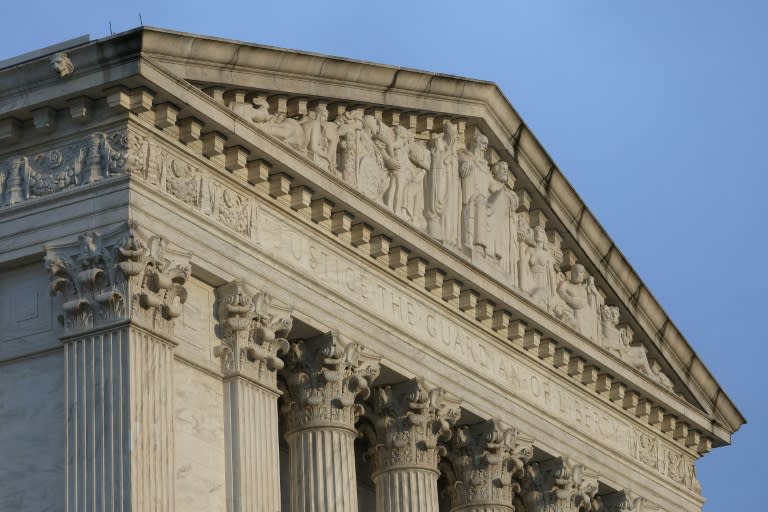
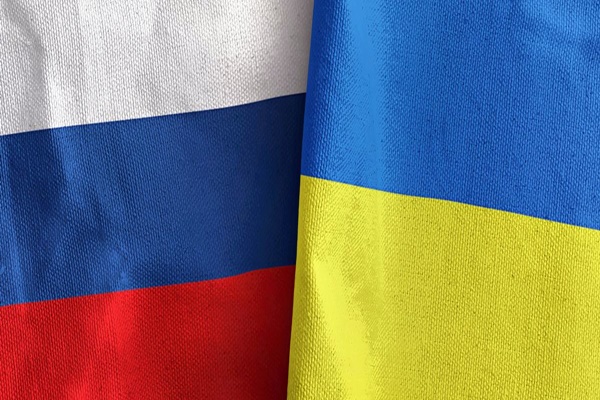
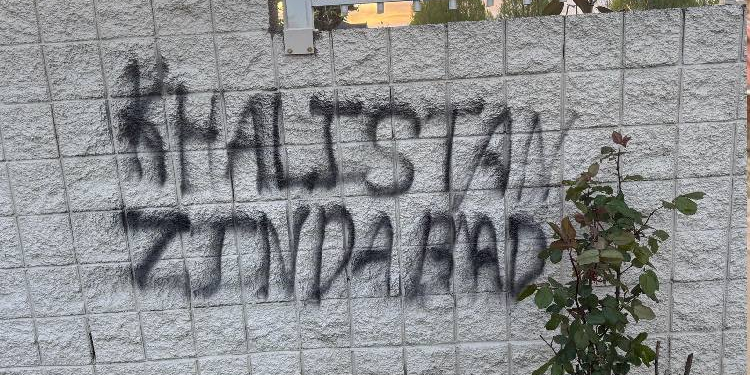




.jpg)

